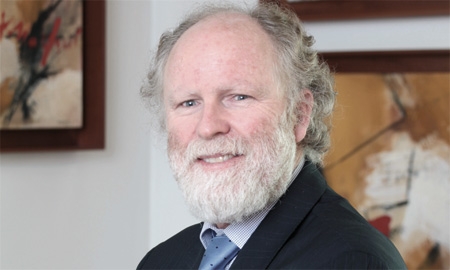Although rich in other natural resources, Chile does not boast vast reserves of petroleum. Therefore, the country has traditionally relied on coal, imported natural gas, and hydroelectric dams for energy production.
While Argentina was Chile’s main source for gas, internal problems and energy crises in that country have sometimes resulted in exports being cut, thereby creating energy shortages in Chile. Furthermore, recent droughts have highlighted hydroelectric power’s dependence on rainfall.
Operating in the Central Interconnected System (SIC) – Chile’s largest network that supplies electricity to 90% of the total population and runs over 1,300 miles from Taltal in the north to the island of Chiloe in the south – is energy giant Colbun. Part of the Matte Group, Colbun has 21 power plants with a total installed capacity of 1,268MW of hydroelectricity and 1,347MW of thermal power. It boasts a market share of approximately 25%, making it Chile’s third-biggest power company.
Colbun was originally created as a public company in 1986, operating just two hydroelectric stations (in Colbun and Machicura). In 1997 the company was privatized and eight years later, the Matte Group acquired it and greatly expanded it.
| ‘we hav e to import gas and coal. so as an energy base, hydro-electric power is without a doubt the way forward for Chile’ |
“We’ve already doubled the size of Colbun and we have projects that will double it again in the next seven to 10 years,” says Bernardo Matte Larrain, company chairman.
Four specific projects Colbun currently has under construction include the 700MW coal plant in the coastal city of Coronel (some 330 miles south of Santiago), the 340MW hydroelectric station at Santa Barbara, and a smaller hydroelectric plant (144MW) at San Pedro, in the Lake District.
The fourth and most famous project is the HidroAysen project (in collaboration with Spain’s Endesa), with 2,700MW of capacity. “It comprises five stations in cascade formation: two in one river and the other three in another,” explains Mr. Matte. “It’ll be very efficient in that it will generate an enormous amount of electricity in an extremely small flood area.”
“Hydroelectricity is the main source of renewable energy there is in the world. Any other alternative in Chile involves importing fuel. As we don’t have gas, we have to bring it from far away. We have very little coal and it’s not enough, so we have to import it from Australia, Colombia, the U.S. and so on. So as an energy base, hydroelectric power is without a doubt the way forward for Chile.”
Aside from running highly successful companies in a variety of sectors, the Matte Larrain family is a great benefactor of education. One of the family’s projects is the SIP, or Primary Instruction System, which provides some 20,000 needy children with quality education.

0 COMMENTS